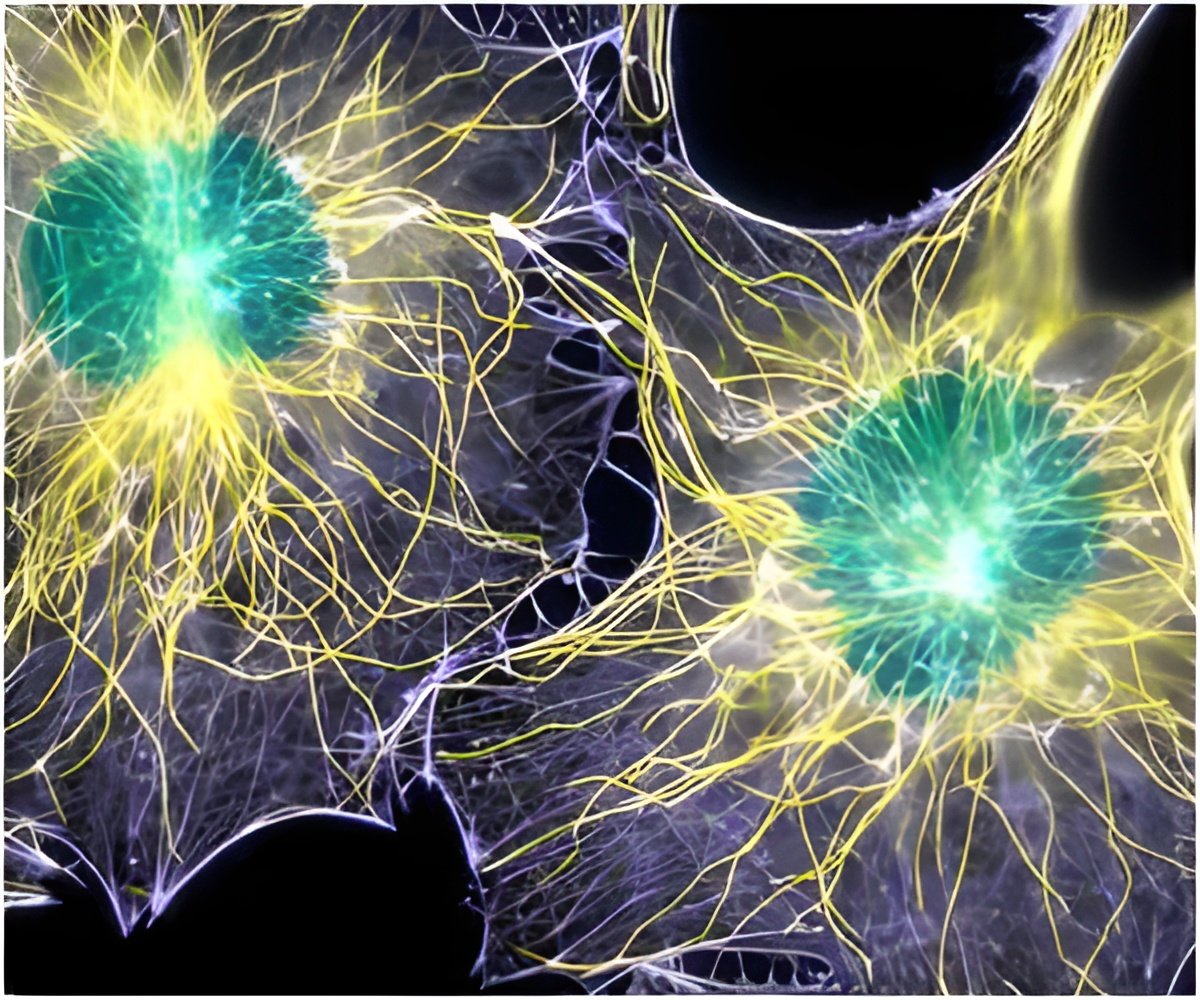Scientists at The University of Texas at Austin are studying how communities of bacteria, such as those found in the human gut and lungs, interact and develop infections.

The work was published this week in the Proceedings of the National Academy of Sciences.
The researchers use a novel 3-D printing technology to build homes for bacteria at a microscopic level. Their method uses a laser to construct protein "cages" around bacteria in gelatin. The resulting structures can be of almost any shape or size, and can be moved around in relationship to other structures containing bacterial microcommunities.
The method should enable an entirely new class of experiments that better approximate the conditions that bacteria encounter in actual biological environments, such as those in the human body.
"It allows us to basically define every variable," said Jodi Connell, a postdoctoral researcher in the College of Natural Sciences. "We can define the spatial features on a size scale that's relevant to what a single bacterium feels and senses. We can also much more precisely simulate the kinds of complex bacterial ecologies that exist in actual infections, where there typically aren't just one but multiple species of bacteria interacting with each other."
Source-Eurekalert










